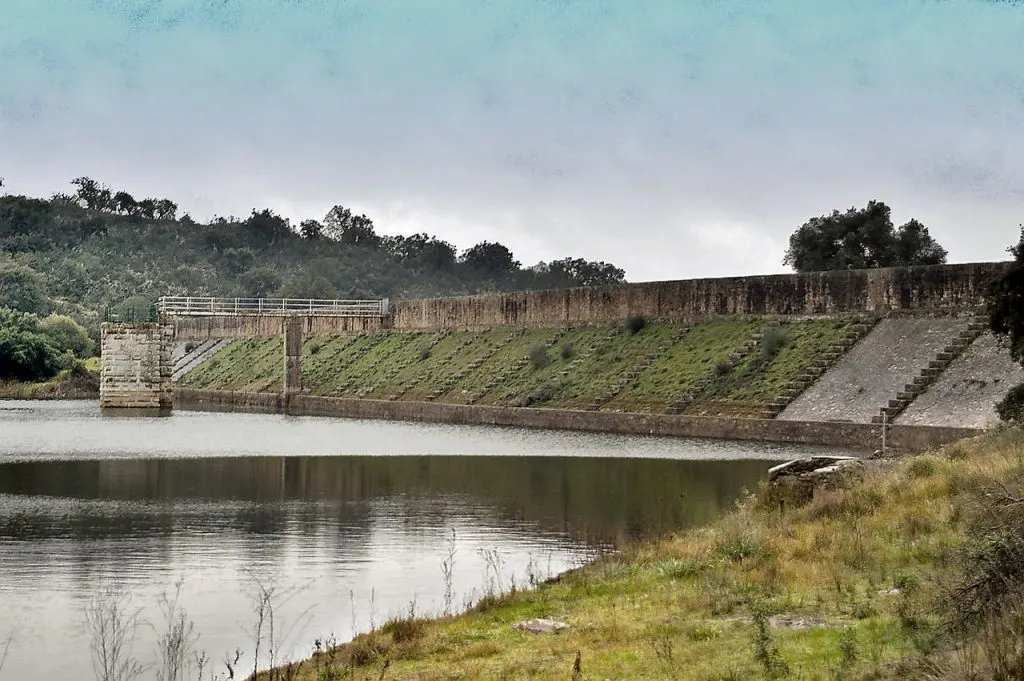Dams are huge structures that prevent the flow of water for it to be used in various other ways. One of the most important features of dams is to turn the flowing water into a source of electricity, a process referred to as hydropower.
The first use of the word can be traced back to the Middle Dutch language in the 12th century. Over 40 towns and cities in the Netherlands have the word “dam” or a variation of it included in it, including the two of the major cities in the country, Amsterdam and Rotterdam.
In this post, you’ll discover some of the most famous dams in the world!
Related: Check out some of the most famous squares in the world!
1. Hoover Dam
Hoover Dam is an enormous concrete arch-gravity dam that was constructed between 1931 and 1936, right during the Great Depression. It’s located in the Black Canyon of the Colorado River on the border of the U.S. States of Colorado and Nevada.
The dam was originally known as the “Boulder Dam” but was renamed in honor of President Herbert Hoover in 1947. It cost about USD 45 million to construct, the equivalent of about USD 675 million today! It’s considered to be one of the 7 Wonders of the Industrial World.

2. Itaipu dam
The Itaipu Dam is a gigantic hydroelectric dam on the Paraná River in South America. It’s situated right on the border of Brazil and Paraguay and is jointly operated by the two countries along with Argentina which originally disputed this cooperation.
It’s the second-most productive dam in terms of electricity production and it was only completed in 1984 even though construction had started in 1971. The dam’s production actually exceeds the need in the entire country of Paraguay! It has been chosen as one of the Wonders of the Modern World as well.
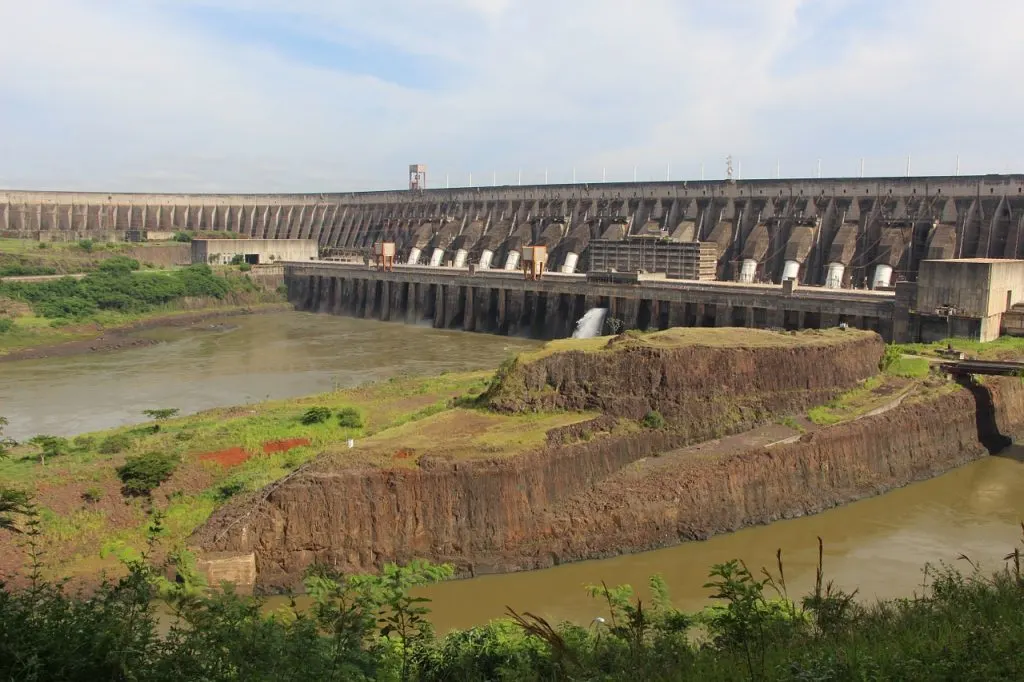
3. Three Gorges Dam
The Three Gorges Dam is a hydroelectric gravity dam located on the Yangtze River in the Hubei province in central China. It’s the most productive dam in the world in terms of electricity production and has broken the annual record in 2020 with a production of about 112 TWh.

Even though the main structure of the dam was completed in 2006, it wasn’t producing electricity until July 4, 2012. Apart from producing a large amount of electricity, the dam also enables a heavier shipping capacity on the Yangtze River and protects millions of people from flooding who live in lower areas.
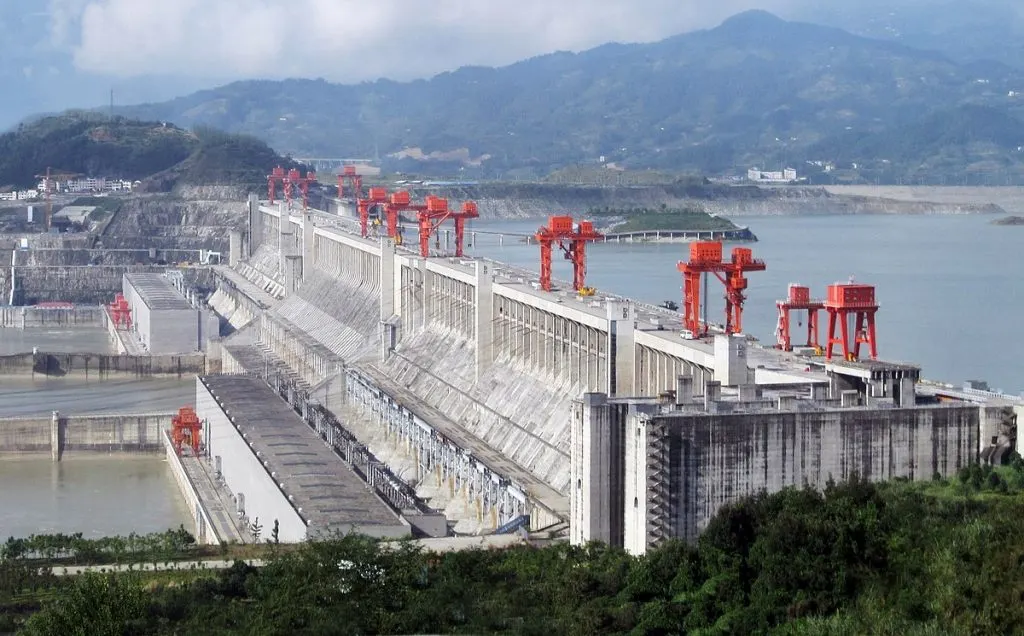
4. Grand Coulee Dam
The Grand Coulee Dam is a large concrete gravity dam on the Columbia River in the U.S. State of Washington. It was constructed at about the same time as the Hoover Dam between 1933 and 1944.
The dam received a serious upgrade in 1974 with the addition of a third powerhouse. This turned the dam into the most productive dam in the United States and it has therefore played a major role in the growth of the northwestern part of the United States.
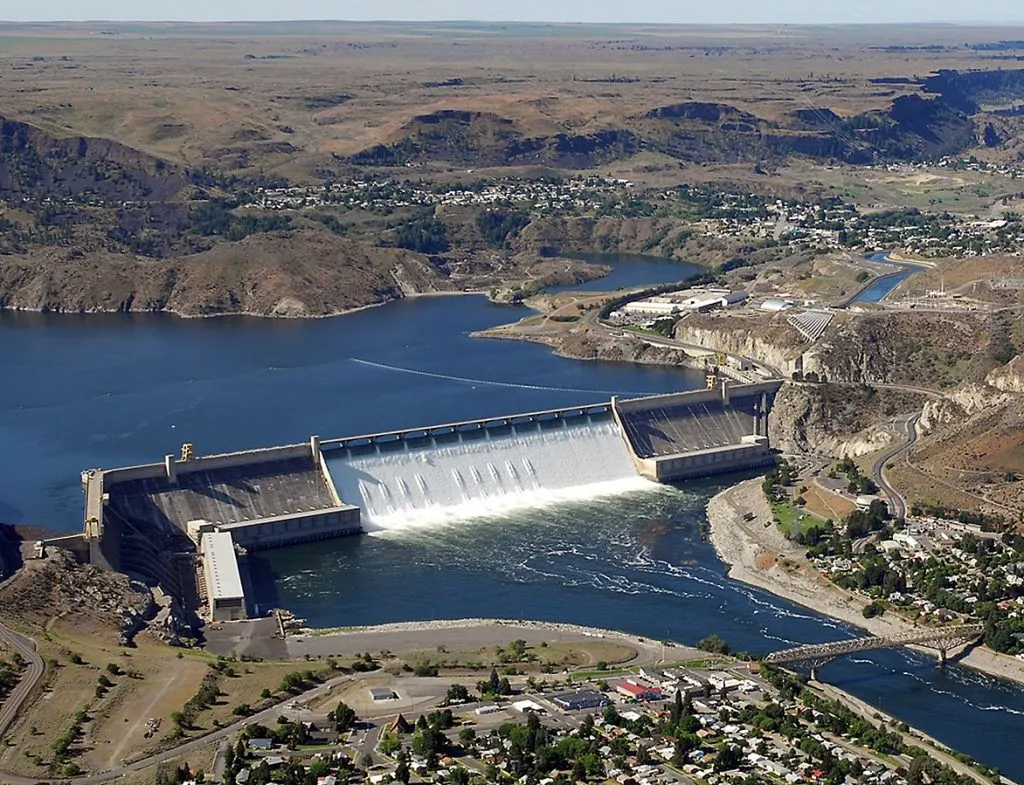
5. Krasnoyarsk Dam
The Krasnoyarsk Dam is a massive concrete gravity dam located on the 5th-longest river system in the world, the Yenisey River. It’s located about 30 kilometers (19 miles) upstream from the largest city in the area after which it was named, Krasnoyarsk.
This huge dam was constructed between 1956 and 1972 and powers large areas of this region in Siberia. It also controls the climate in the area because, without the dam, many parts of the river would freeze. The downside is that the area is mostly covered in fog when the cold air meets the relatively hot water released by the dam.
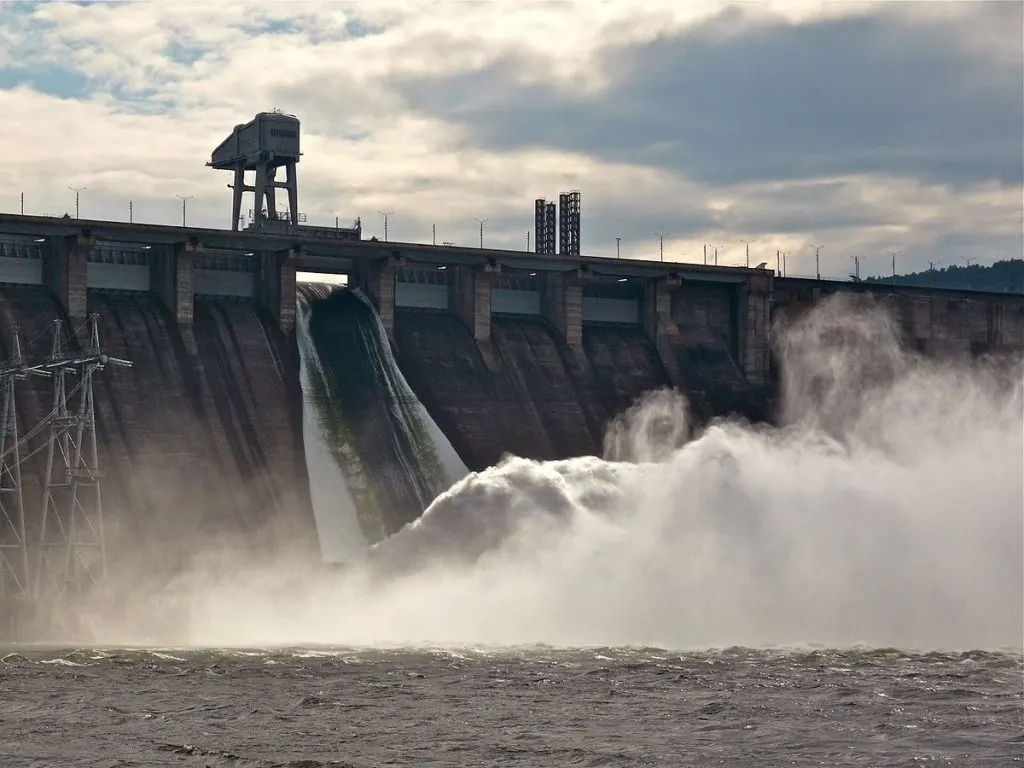
6. Glen Canyon Dam
The Glen Canyon Dam is another concrete gravity dam located on the Colorado River in northern Arizona. The huge dam forms the man-made Lake Powell, one of the biggest of its kind in the United States.
The dam was constructed between 1956 to 1966 and because of the dam, the gorges of Glen Canyon for which it was named are now filled with water. It was also one of the last dams of its size to be built in the United States. Its economic value has been questioned by critics as well.

7. Daniel-Johnson Dam
The Daniel-Johnson Dam was originally known as “Manic-5” and is a multiple-arch buttress dam on the Manicouagan River in Quebec, Canada. It consists of 14 buttresses and 13 arches and creates the annular Manicouagan Reservoir.
It was constructed between 1959 and 1970 and it’s the largest dam in the world of its kind. The dam stands 214 meters (702 feet) tall and is 1,314 meters (4,311 feet) long, making it an enormous structure. The dam was named after Daniel Johnson, Sr., the premier of Quebec at the time who died after the dam was supposed to be inaugurated.
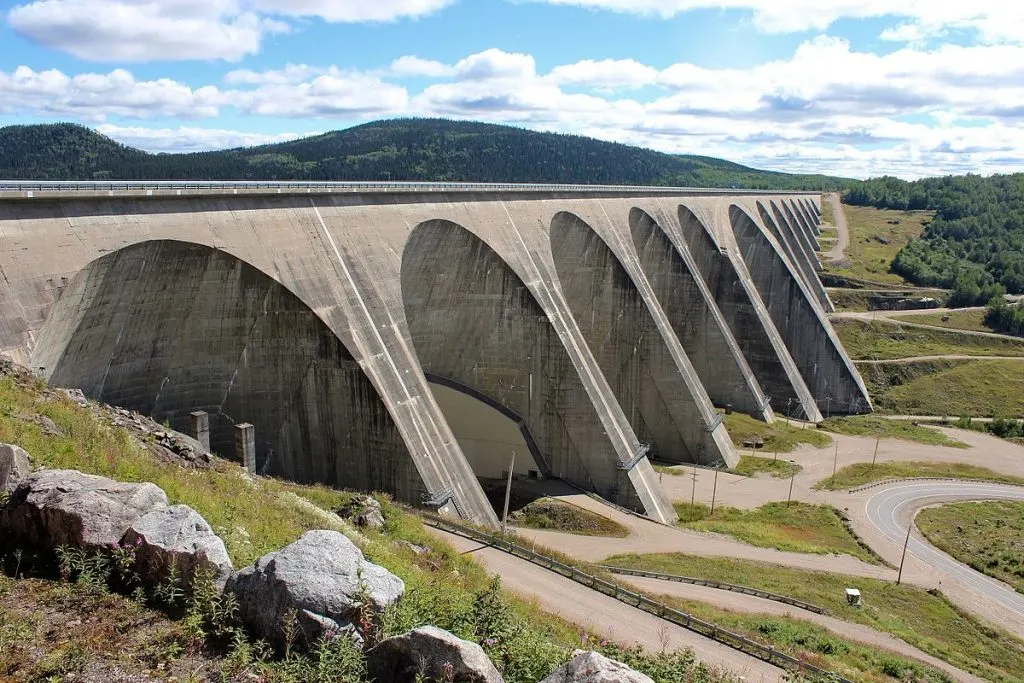
8. Aswan Dam
The Aswan Dam, also known as the “Aswan High Dam,” is the world’s largest embankment dam and is located on the Nile River near the city of Aswan in Egypt. This dam was constructed between 1960 and 1970 and it was the reason that some famous landmarks in Egypt have been moved.
The original dam was referred to as the “Aswan Low Dam” and was located further downstream. This dam was completed in 1902 and was completely outdone by the newly constructed dam. It has a dual purpose with the production of electricity as well as allowing the local government to control irrigation of the Nile River to support agriculture in the region.

9. Katse Arch Dam
The Katse Dam is a concrete arch dam on the Malibamat’so River located in the Kingdom of Lesotho, an enclave within the borders of South Africa. It’s the second-largest double-curvature arch dam on the African continent and was completed in the year 1996.
It’s one of the five planned dams in rural areas of Lesotho as part of the “Lesotho Highlands Water Project.” The dam forms the Katse Reservoir and can support the water supply in both Lesotho and South Africa. The two countries joined hands to make the project happen.
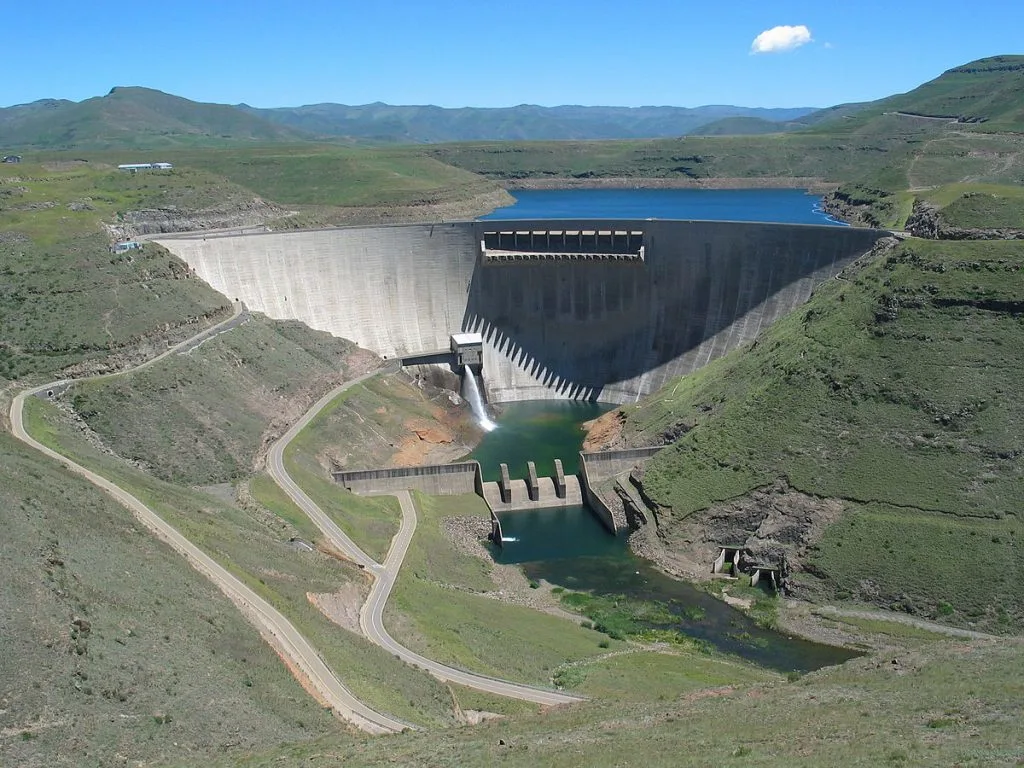
10. Cornalvo Dam
The Cornalvo Dam might not appear to be the most impressive gravity dam in our list of the most famous dams in the world until you realize that this operational dam was built by the Romans in the 1st century A.D. This means that it has been in use for about 2 millennia!
The dam is located in the Badajoz province in the Extremadura region in the west of Spain. It’s part of the Augusta Emerita community which was founded by the Romans in the year 25 B.C. near the modern-day city of Mérida. Along with, for example, the Roman Theater in Mérida, it’s listed as a UNESCO World Heritage Site since 1993.
